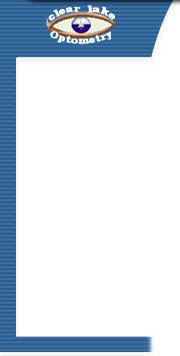



CATARACTSIn the normal healthy eye, the lens is clear allowing light to pass through and produce a sharp image on the retina. A cataract is a clouding of the lens which reduces the amount of light that can pass to the retina. |
WHO can get cataracts?
|
WHAT Causes Cataracts?Chemical changes within the protein material of the lens are caused by:
|
|||
HOW Do Cataracts Affect My Sight?The clouding of the crystalline lens of the eye keeps light from passing through easily causing blurred vision. Having a cararact is like looking through a foggy window.The clouding may affect the entire lens or just a small portion of the lens. This formation of cataracts may cause little or no visual problem for some people, especially in the early stages of the condition. Where a substantial decrease in vision is experienced, surgery may be necessary. Severe cataracts may cause a complete loss of functional vision. The location and amount of clouding will determine how severly vision is affected. Cataracts usually develop in both eyes but the severity and speed at which they develop may be different in each eye. Cataracts can occur gradually or rapidly.
|
How Can Cataracts be Prevented?
HOW are Cataracts Diagnosed?
WHAT is the Treatment for Cataracts?
|
|||
WHAT does Surgery Involve?
|
||||
REMEMBER.... CATARACTS CAN BE SUCCESSFULLY TREATED! |
||||
|
HOME | ABOUT | INSURANCE | VISION TEST | PHOTOCHROMIC | CONTACT LENSES | STORE | EYE EXAMS | INFORMATION | SITE MAP | Privacy Policy |
||||||
|
14 N 8TH ST ||
Clear Lake, Iowa 50428 ||
Located in T-K plaza Phone: (641) 357-2020 || Fax: (641) 357-7149 || |
||||||
|
Web Designers:  Web site hosting
Copyright © Clear Lake Optometry.
Web site hosting
Copyright © Clear Lake Optometry. All Rights Reserved. |
||||||

